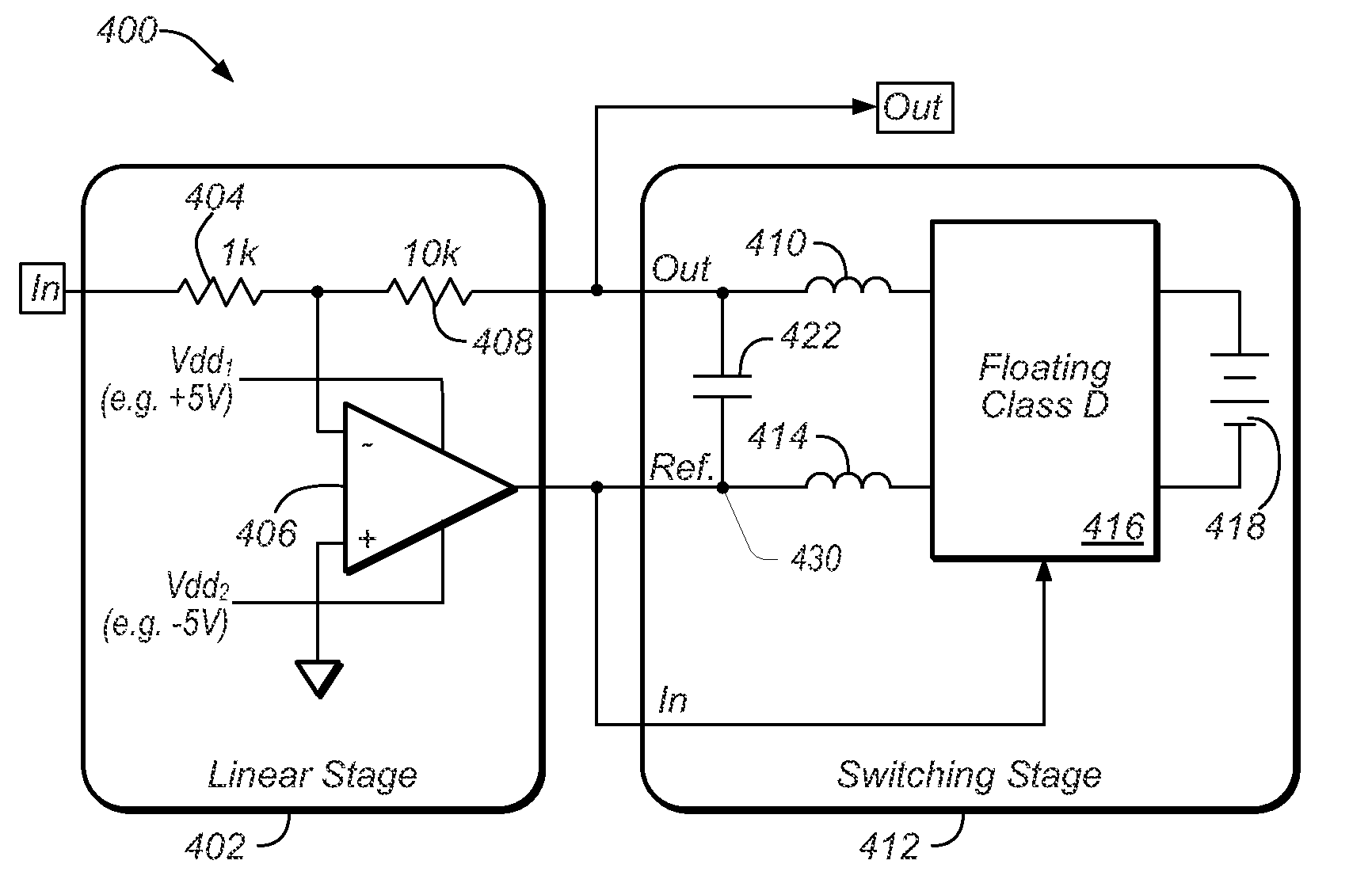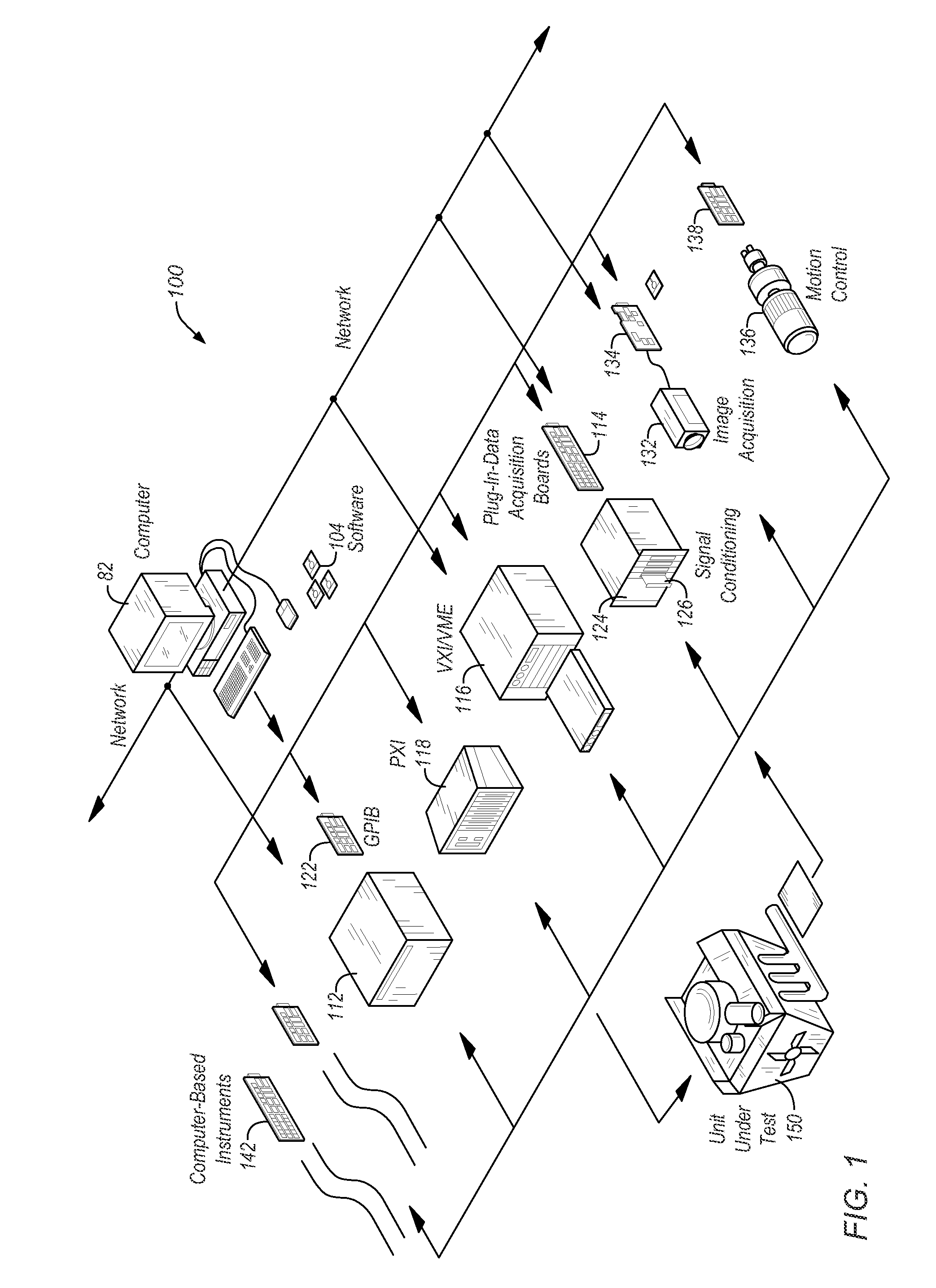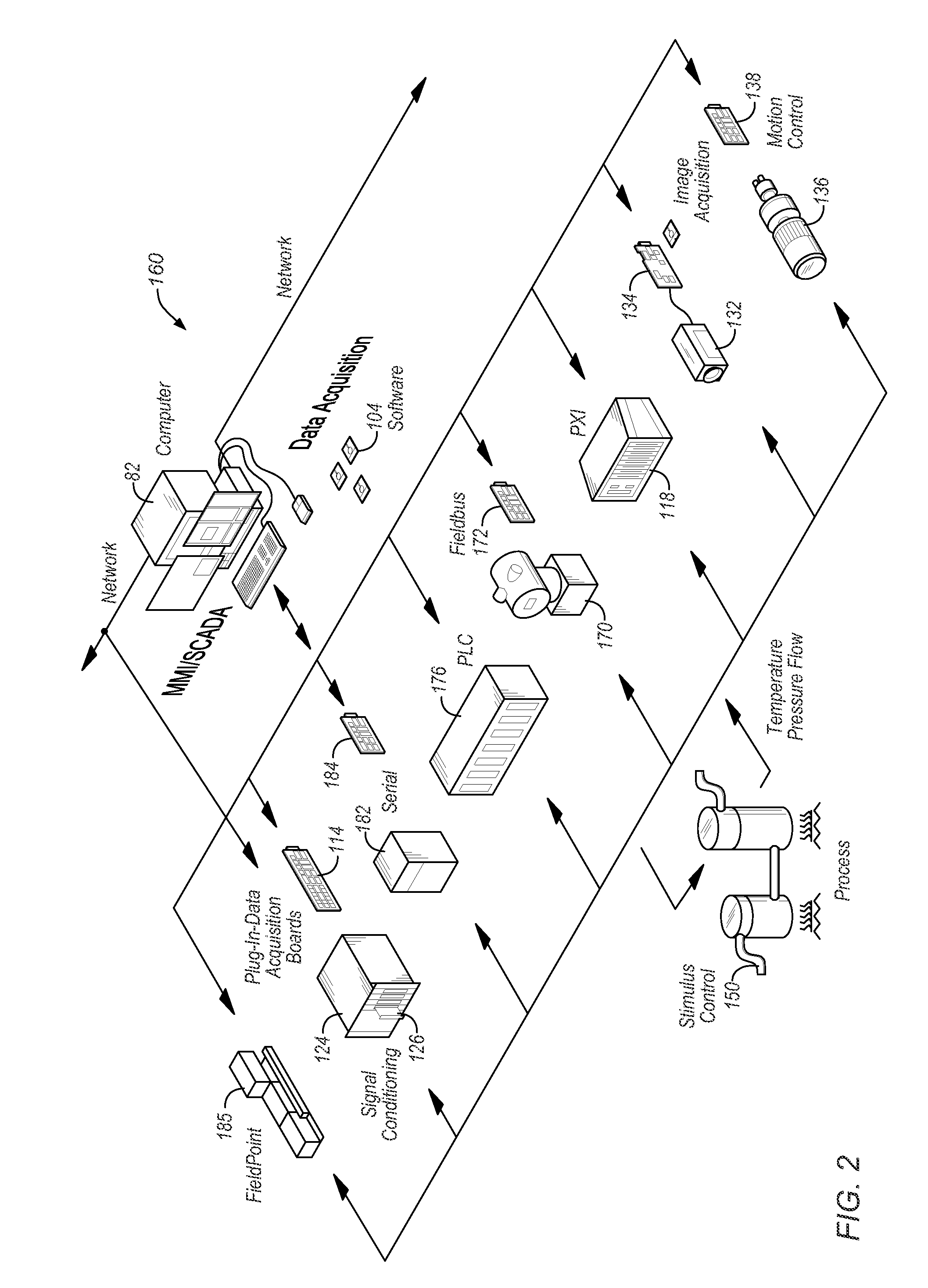Efficient Low Noise High Speed Amplifier
a high-speed amplifier and low-noise technology, applied in the direction of low-noise amplifiers, low-frequency amplifiers, rf amplifiers, etc., can solve the problems of high-efficiency, high-efficiency, day amplifiers that try to combine the best features, etc., to prevent excessive power consumption in the linear stage, reduce noise, and improve efficiency
- Summary
- Abstract
- Description
- Claims
- Application Information
AI Technical Summary
Benefits of technology
Problems solved by technology
Method used
Image
Examples
first embodiment
[0032]FIG. 4 shows a simplified circuit diagram of an efficient, low-noise, and high-power hybrid amplifier 400, which may provide an output voltage “Out”, for example to a load (not shown). A linear (amplifier) stage 402 is series coupled to a switching (amplifier) stage 412. The output of switching stage 412 is provided by a class D amplifier component 416, which is powered by a floating supply 418. The output (Out) is referenced to a reference node 430 at one end of output capacitor 422, which is coupled to inductors 410 and 414 as shown. Because switching stage 412 is regulating its output voltage with respect to Ref node 430 as opposed to regulating its output with respect to actual (signal) ground, the output is in effect referenced to the output of the linear stage 402 provided by the output of operational amplifier 406. Thus, the linear stage 402 may be operated to adjust the reference voltage at node 430 according to noise generated on the output of switching stage 412 to c...
second embodiment
[0036]FIG. 5 shows a simplified circuit diagram of an efficient, low-noise, high-power hybrid amplifier 500. As seen in FIG. 5, hybrid amplifier 500 is similar to hybrid amplifier 400, with the exception of slightly modified switching stage 512. Specifically, a high-pass filter including capacitor 510 and inductor 520 may be coupled to the output of linear stage 402, the reference node 430, and actual (signal) ground 520 as shown. By including a high-pass filter, which may be an RLC filter with capacitor 510 and inductor 520 as shown, and a stabilizing resistance provided by a resistance of the output stage of operational amplifier 406), the output current may now be provided directly from the actual voltage reference (ground). Thus, the linear stage 402 may be providing the output current during transients, while in steady-state it may generate a small voltage across the inductor 520, which, in some embodiments, may result in providing a few mA of current in the inductor 520. In co...
PUM
 Login to View More
Login to View More Abstract
Description
Claims
Application Information
 Login to View More
Login to View More - R&D
- Intellectual Property
- Life Sciences
- Materials
- Tech Scout
- Unparalleled Data Quality
- Higher Quality Content
- 60% Fewer Hallucinations
Browse by: Latest US Patents, China's latest patents, Technical Efficacy Thesaurus, Application Domain, Technology Topic, Popular Technical Reports.
© 2025 PatSnap. All rights reserved.Legal|Privacy policy|Modern Slavery Act Transparency Statement|Sitemap|About US| Contact US: help@patsnap.com



